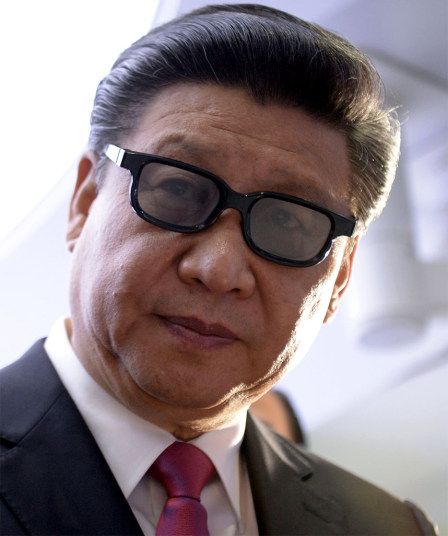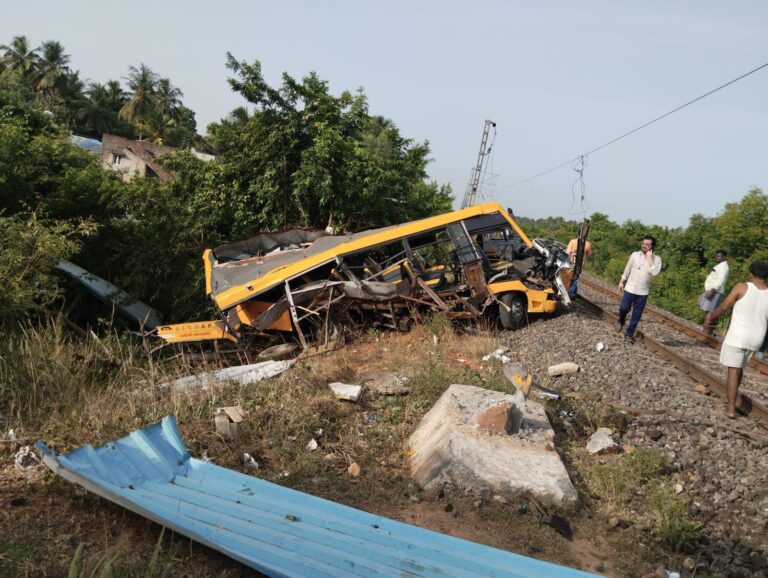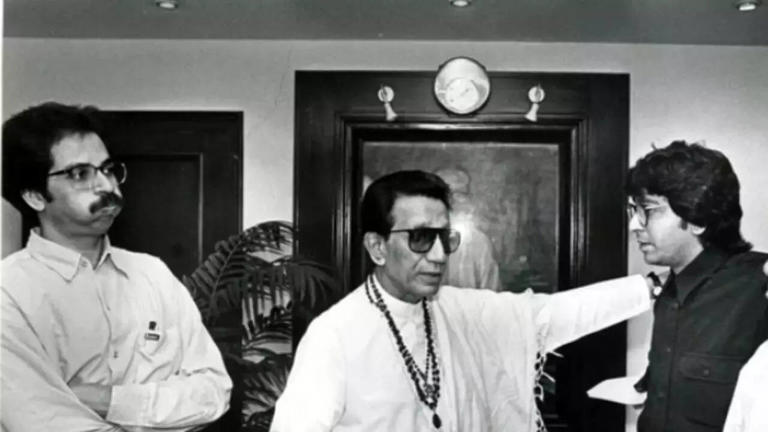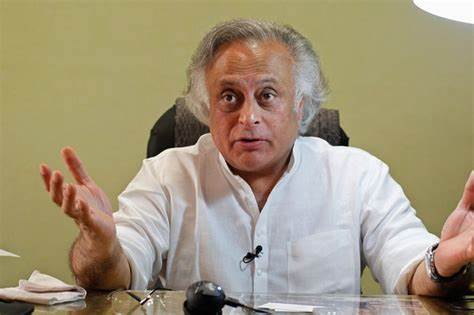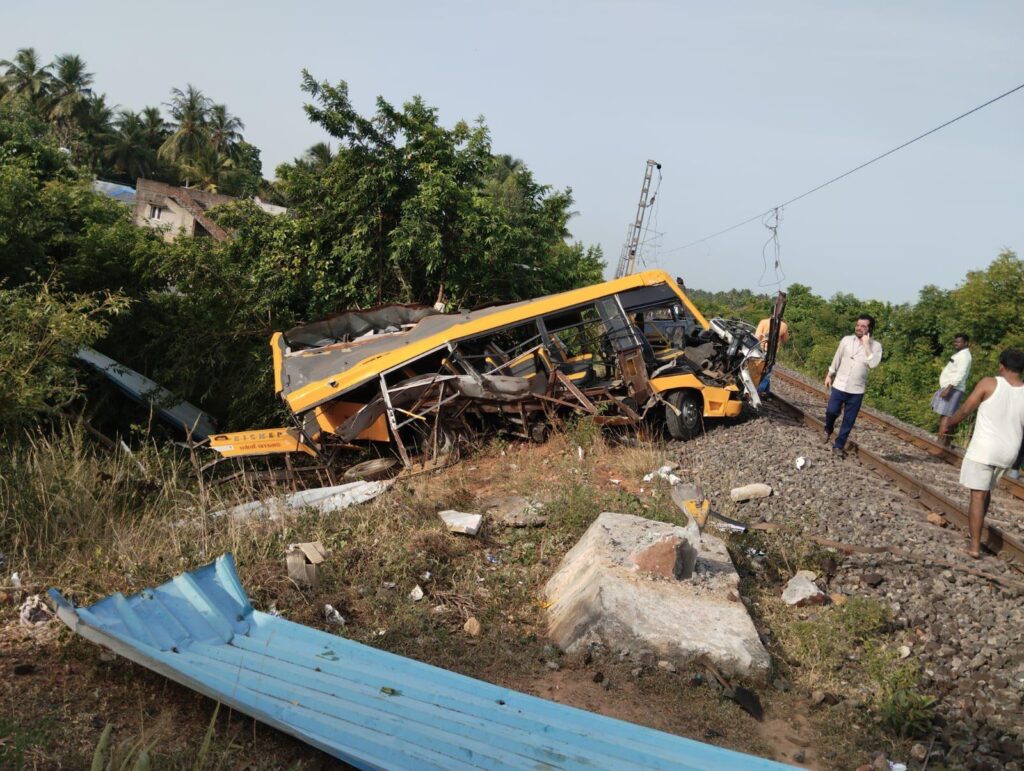Exploring China’s Role in India-Pakistan Conflict Amid Fragile Ceasefire
The India-Pakistan ceasefire of May 2025, brokered after intense military clashes, was meant to bring peace to a volatile region. However, this fragile ceasefire India Pakistan quickly unraveled, with ceasefire violations 2025 escalating tensions. A key player in this geopolitical drama was China, whose displeasure with Pakistan’s actions added a new layer of complexity to the South Asia geopolitical interplay.
The India-Pakistan ceasefire was announced on May 10, 2025, following days of conflict sparked by the Pahalgam terror attack on April 22, which killed 26 civilians. India responded with Operation Sindoor, launching BrahMos missile strikes on terror camps in Pakistan, including a significant Chaklala airbase strike that crippled Pakistan’s air defenses. Fearing further escalation, Pakistan initiated DGMO India Pakistan talks, leading to a ceasefire agreement effective from 5:00 PM IST. US mediation India Pakistan played a role, with President Donald Trump announcing the truce, claiming credit for the breakthrough. However, Pakistan’s Foreign Minister Ishaq Dar’s statement heavily praised the US, ignoring China’s contributions to regional stability.
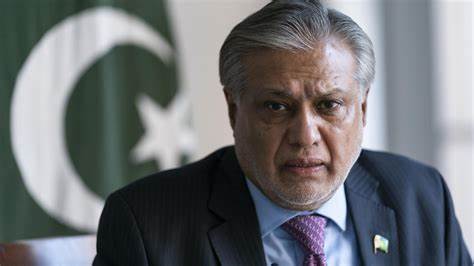
This pro-American tilt in the Foreign Secretary Vikram Misri statement context infuriated China, a long-standing ally of Pakistan through the China Pakistan strategic partnership. Within hours, Pakistan ceasefire violations were reported along the Line of Control, raising questions about China’s influence on Pakistan military actions.
Why China Was Furious at Pakistan Ceasefire
China’s role in India-Pakistan conflict has historically been significant, often acting as a counterbalance to US influence in South Asia. China expected to be acknowledged for its diplomatic efforts, especially after issuing statements supporting Pakistan’s territorial integrity before the ceasefire. However, Pakistan’s failure to consult China before the announcement, as revealed by sources, led to China’s displeasure with Pakistan. The Chinese were particularly upset that Trump mediation India Pakistan ceasefire was highlighted, sidelining their role. This prompted calls from Chinese officials to Pakistani leadership, including Prime Minister Shehbaz Sharif, expressing frustration over the tone of the announcement. Some Indian strategic circles speculate a link between China’s reaction and the subsequent India Pakistan ceasefire violations 2025, suggesting that China may have encouraged Pakistan to disrupt the truce to reassert its influence. Meanwhile, an Ajit Doval Wang Yi conversation took place, where both sides expressed a desire for restraint, but the ceasefire remained fragile, with Pakistan airspace reopening only briefly before tensions flared again.
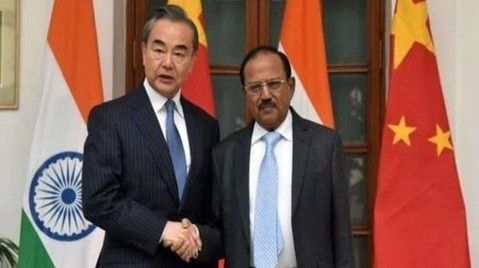
Geopolitical Implications and India’s Strategic Thinking
The ceasefire violations 2025 highlight the broader geopolitical tensions India Pakistan face, with the Kashmir conflict 2025 remaining a flashpoint. The Line of Control violations underscore how external powers like China and the US shape the India Pakistan nuclear tensions. China’s fury reflects its desire to maintain dominance in the global power play Kashmir, viewing the region as a China-controlled front rather than a purely bilateral issue. For China, a peaceful India-Pakistan border under US mediation diminishes its strategic leverage, especially as it focuses on other priorities like Taiwan. Conversely, India strategic thinking remains robust, with leaders aware of China Pakistan relations and their implications. India has maintained that any act of terrorism, such as the Pahalgam terror attack, will be treated as an act of war, signaling a readiness to respond disproportionately if needed. As India Pakistan war updates continue to unfold, the fragile ceasefire India Pakistan hinges on how these powers navigate their competing interests in US foreign policy South Asia.


